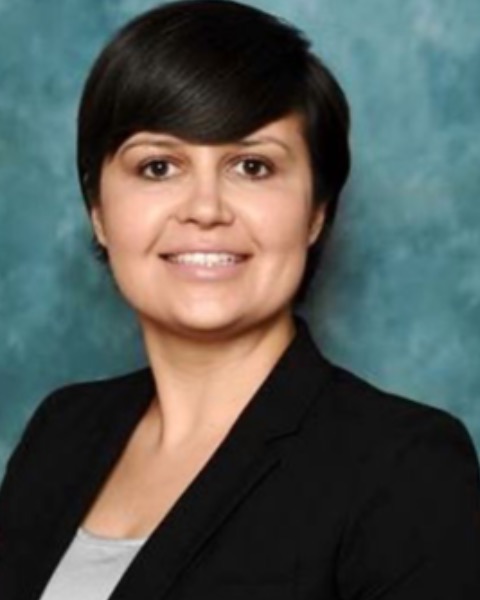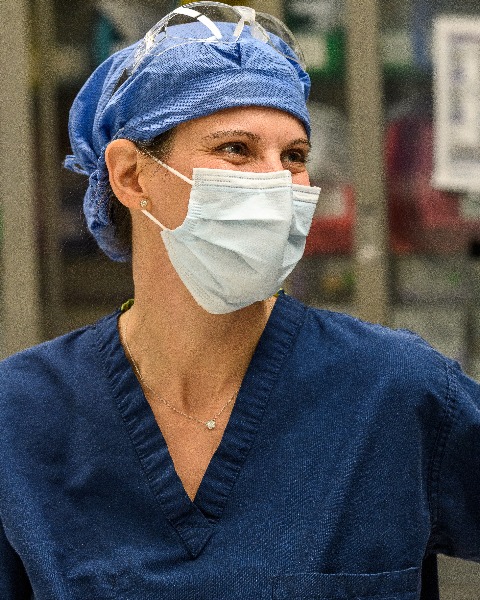Hepato-pancreato-biliary
E234: Feasibility and Utility of Dynamic ctDNA Profiling in Patients with Pancreatic Adenocarcinoma in a Neoadjuvant Setting

Lyudmyla Demyan, MD
Surgery Resident
Zucker School of Medicine at Hofstra/Northwell General Surgery Residency Program at NSLIJ
Queens, New York, United States
Lyudmyla Demyan, MD
Surgery Resident
Zucker School of Medicine at Hofstra/Northwell General Surgery Residency Program at NSLIJ
Queens, New York, United States
Lyudmyla Demyan, MD
Surgery Resident
Zucker School of Medicine at Hofstra/Northwell General Surgery Residency Program at NSLIJ
Queens, New York, United States
Oliver j. Standring, MD
Resident
Zucker School of Medicine at Hofstra/Northwell General Surgery Residency Program at NSLIJ
Brooklyn, New York, United States- SK
Shruti Koti, MD
Resident
Zucker School of Medicine at Hofstra/Northwell General Surgery Residency Program at NSLIJ, United States - NA
Neda Amini, MD
Fellow
Zucker School of Medicine at Hofstra/Northwell Depratment of Surgical Oncology, United States - SG
Sepideh Gholami, MD
Attending physician
Northwell Health, United States - DK
Daniel King, MD, PhD
Attending Physician
Northwell Health, New Hyde Park, NY, United States - CV
Cristina Valente, BS
Research Coordinator
4Department of Pathology and Laboratory Medicine, Donald and Barbara Zucker School of Medicine at Hofstra/Northwell, Manhasset, NY, United States - SF
Sharon Fox, M.S
Director
4Department of Pathology and Laboratory Medicine, Donald and Barbara Zucker School of Medicine at Hofstra/Northwell, Manhasset, NY, United States 
Danielle DePeralta, MD
Attending physician
Northwell Health, New York, United States- JB
Jeff Boyd, PhD
Vice President, Chief Scientific Officer and Director
Center for Genomic Medicine, Northwell Health Cancer Institute, United States 
Matthew Weiss, MD (he/him/his)
Attending physician
Northwell Health, United States
ePoster Abstract Author(s)
Submitter(s)
Author(s)
Methods: Patients were enrolled between 8/2021 to 8/2023 for an IRB-approved prospective observational pilot study. ctDNA was collected before the 1st, 3rd, 5th, and 7th cycles, intraoperatively, at postoperative day 6, and at the 3-month follow-up. Tumor tissues and liquid biopsy (peripheral blood) were subjected to NGS for mutations in 521 solid tumor-related genes evaluated for SNVs, indels, CNVs, and fusions, as well as TMB and MSI at a CLIA-certified commercial laboratory. In parallel, CA 19-9, CEA, radiographic, and pathologic responses were collected.
Results: Six patients were enrolled, and 47 liquid biopsy samples were collected (Table 1). At the time of enrollment, 5 patients were radiographically staged as resectable and one patient was borderline resectable. All patients received FOLFIRINOX (FFX) during NAT, and one patient was switched to gemcitabine and nab-paclitaxel (GnP) due to disease progression. Pathogenic ctDNA mutations were detected in 66% (4/6) of patients. All patients (2) with tail lesions had detectable ctDNA. Dynamic changes in the presence of the driver genes (KRAS, SMAD4 and TP53) in ctDNA during NAT was detected in 3 patients (Table 1). One patient had a progression of disease and pathogenic PTPN11 and TSHR not present in the initial ctDNA sample appeared in ctDNA during cycle 5 when disease progression was confirmed radiographically. Normalization of CA 19-9 and pathological response to NAT were not associated with ctDNA clearance. All patients with detected ctDNA at the time of diagnosis had lymph node metastasis on surgical pathology.
Conclusions:
Prospective dynamic liquid biopsy in the NAT setting for resectable or borderline resectable PDAC patients is feasible and may represent a clinically useful approach for a subset of patients. The presence of pathogenic driver mutations in ctDNA at the time of diagnosis may predict early recurrence. Also, the detection of ctDNA may be more feasible in patients with tail lesions. The emergence of non-driver genetic mutations in ctDNA during disease progression warrants further investigation.
Learning Objectives:
- Role of ctDNA in dynamic monitoring of the tumor genetic profile to guide personalized therapy and monitor disease burden.
- Role of ctDNA as a longitudinal biomarker for response to therapy in a neoadjuvant treatment (NAT) setting in pancreatic adenocarcinoma (PDAC)
- Prospective dynamic liquid biopsy in the NAT setting for resectable or borderline resectable PDAC patients does not represent a clinically useful approach for the majority of patients.
